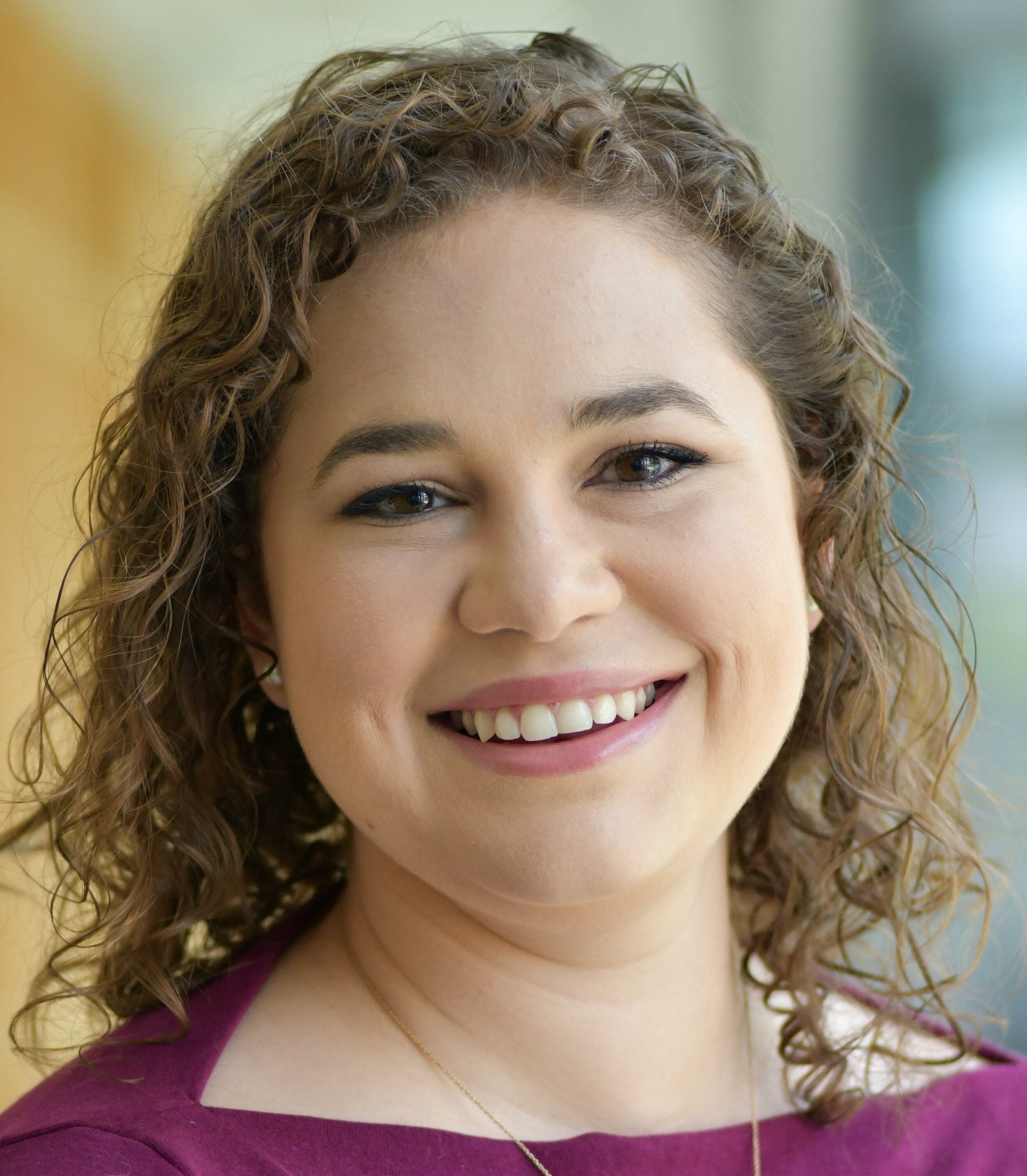![Bradley J. Walters, Ph.D.]()
St. Jude Children's Research Hospital
Potential regeneration of auditory hair cells in the opossum, Monodelphis domestica
Millions of Americans suffer from sensorineural hearing loss: a disability that is permanent and on the rise as the iPod generation ages. For those who would seek to regain hearing, one potential solution may be offered by the regeneration of sensory hair cells within the inner ear. However, this is, as yet, unachievable in humans. Despite this, many non-mammalian vertebrates, like fish, amphibians, reptiles, and birds, naturally regenerate their sensory cells and regain their ability to hear, suggesting that humans lost this regenerative potential at some point during their evolution. It is hoped that discovering the critical differences between the hearing organs of these non-mammals and humans will allow us to manipulate the human ear to behave more like a bird’s or a reptile’s, and allow for human auditory cells to be regenerated. However, there are many differences between the ear of a human and that of a chicken, and narrowing down the search for the most important differences represents a daunting task. Marsupials, like the gray short-tailed opossum, represent an intermediate group, sharing many similarities with both humans and with non-mammals. Of particular interest, supporting cells in the opossum inner ear retain the ability to proliferate well after birth, an indication that these marsupials may possess some regenerative ability. This project aims to determine whether or not opossums are capable of hair cell regeneration or recovery of hearing and to characterize the extent of supporting cell proliferation that occurs both during development and after hearing loss. From this, comparisons will be able to be made between the various model species (e.g. chickens, opossums, humans) to gain a better understanding of which differences between the various hearing organs are essential for regeneration, and which differences are detrimental or unrelated.
Research area: hair cell regeneration
Long-term goal of research: The long term goal of the proposed research is to apply what we learn from proliferative and potentially regenerative processes in opossums and incorporate these discoveries into a comparative approach where we may discover key differences that either allow for regeneration to occur in the mammalian cochlea, or, conversely, prevent it. Once these differences are identified, we can begin to develop drugs and/or gene therapies for pre-clinical testing.


















